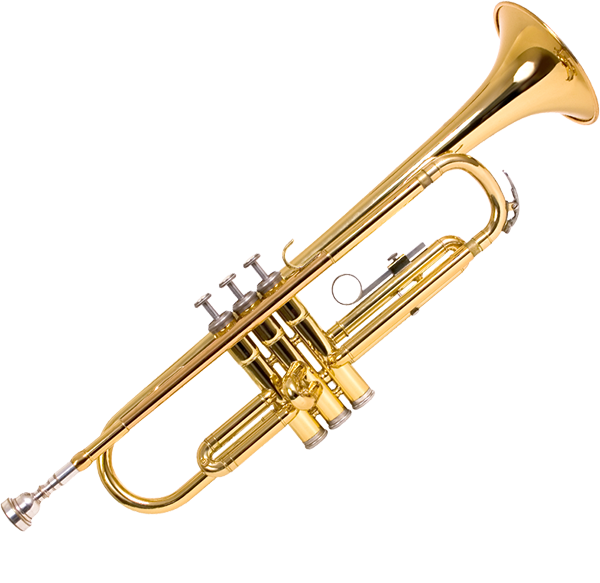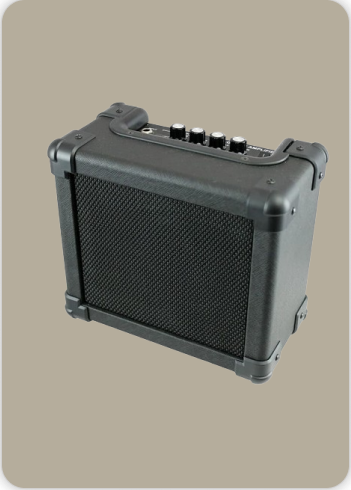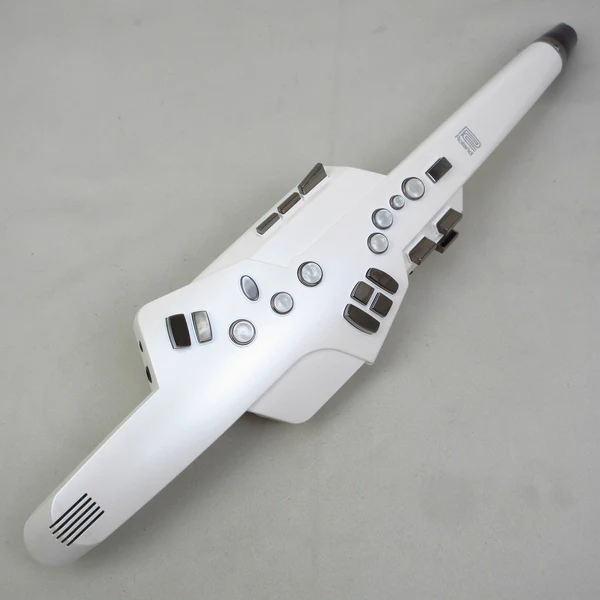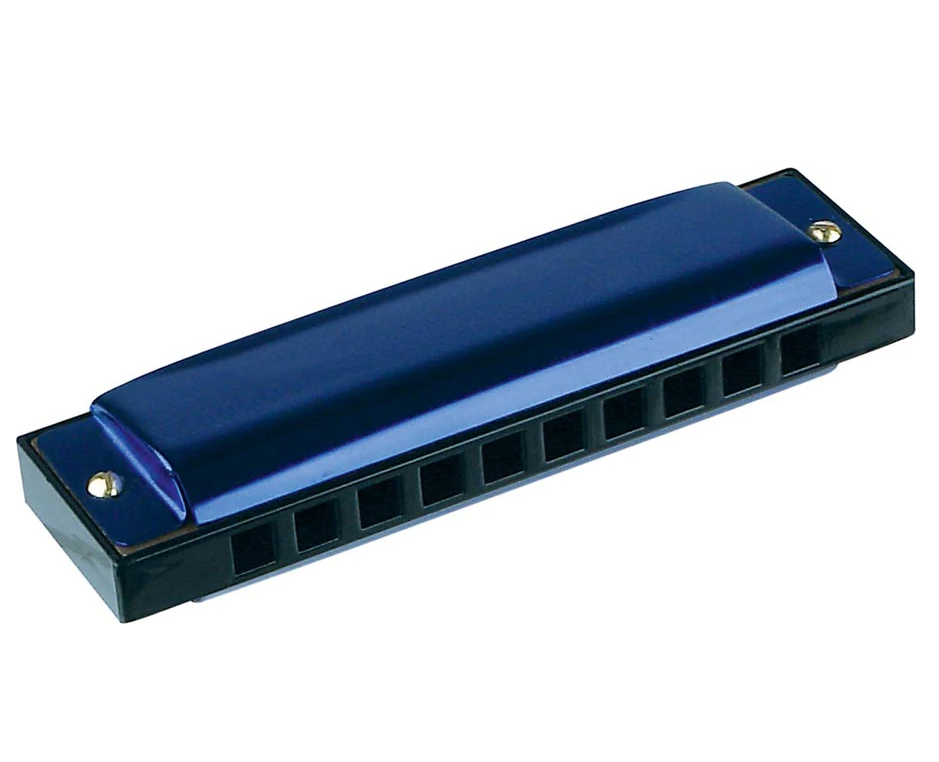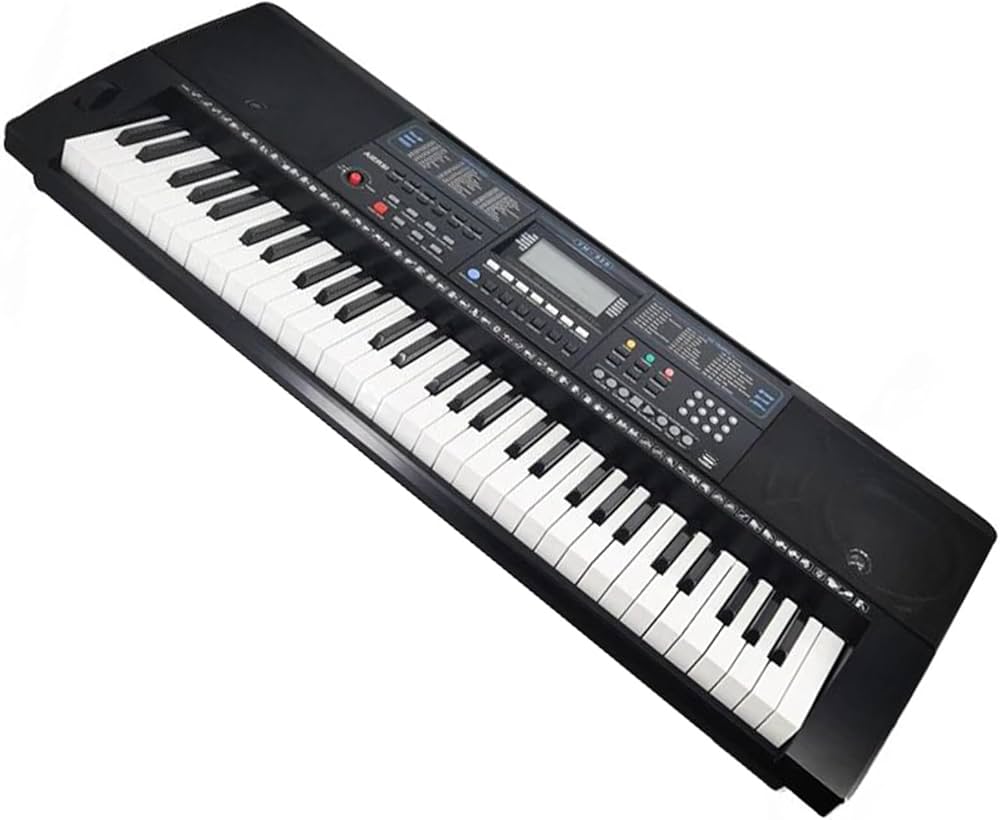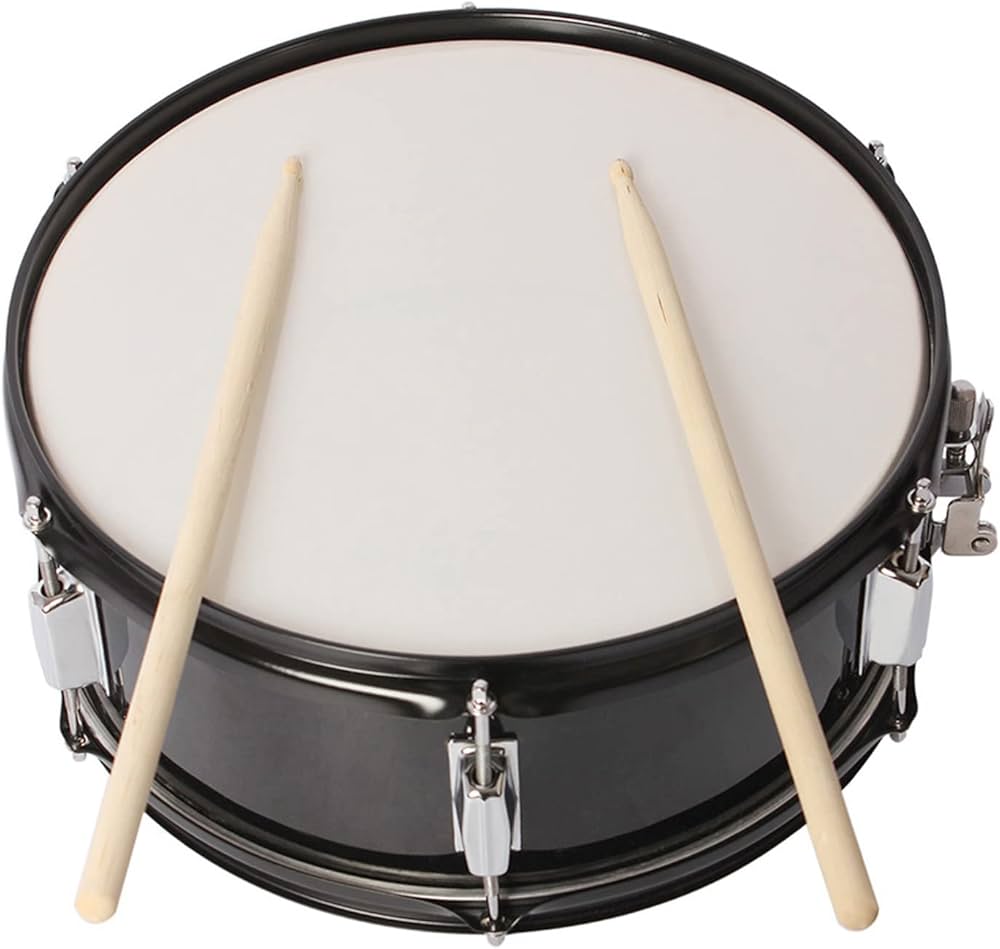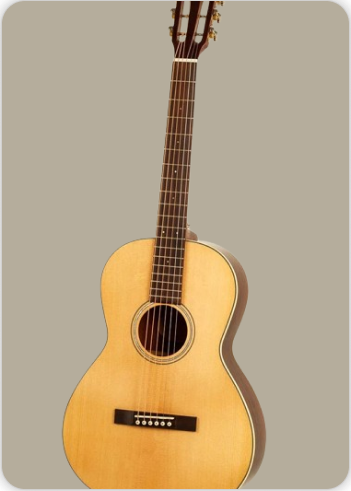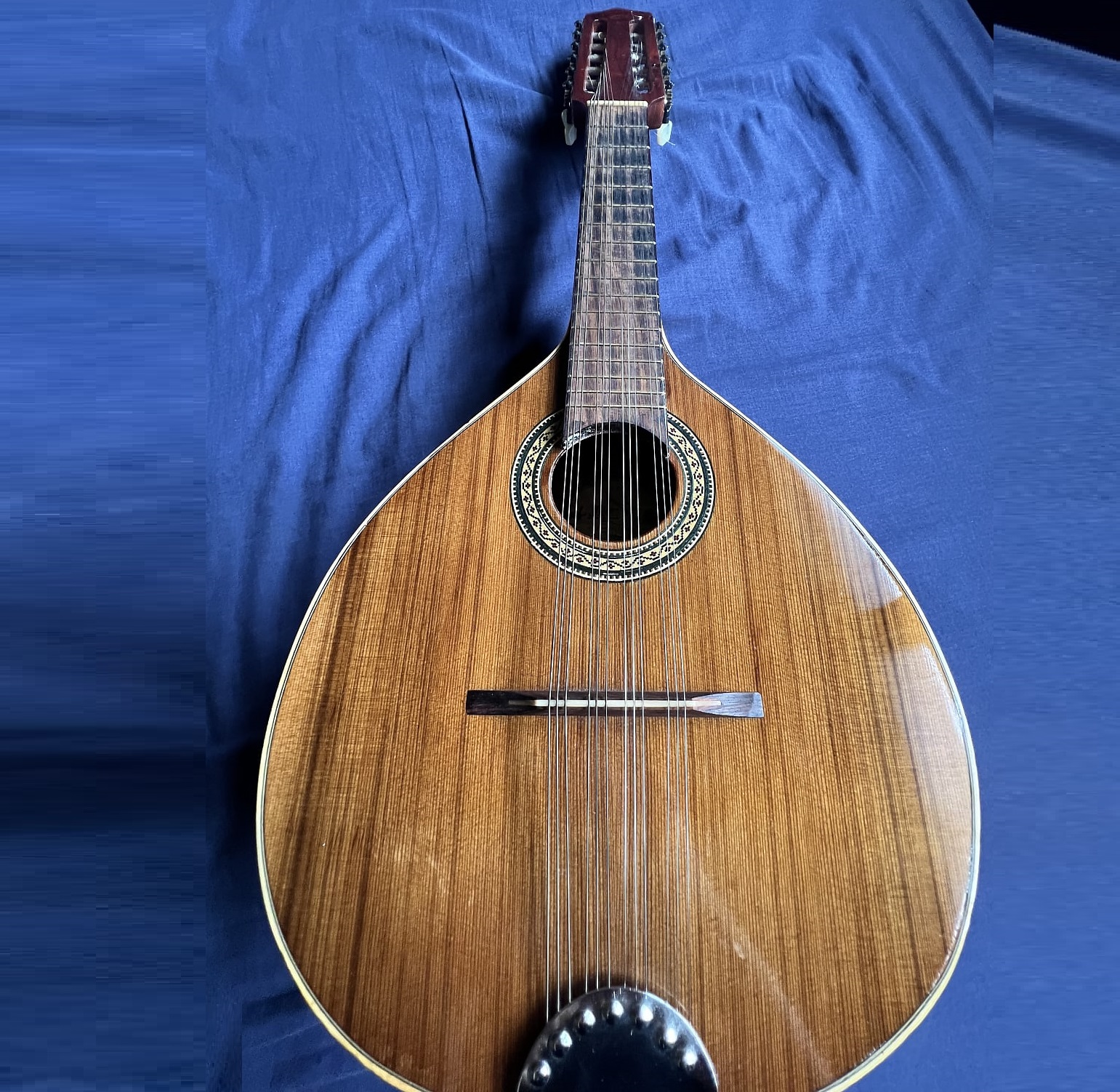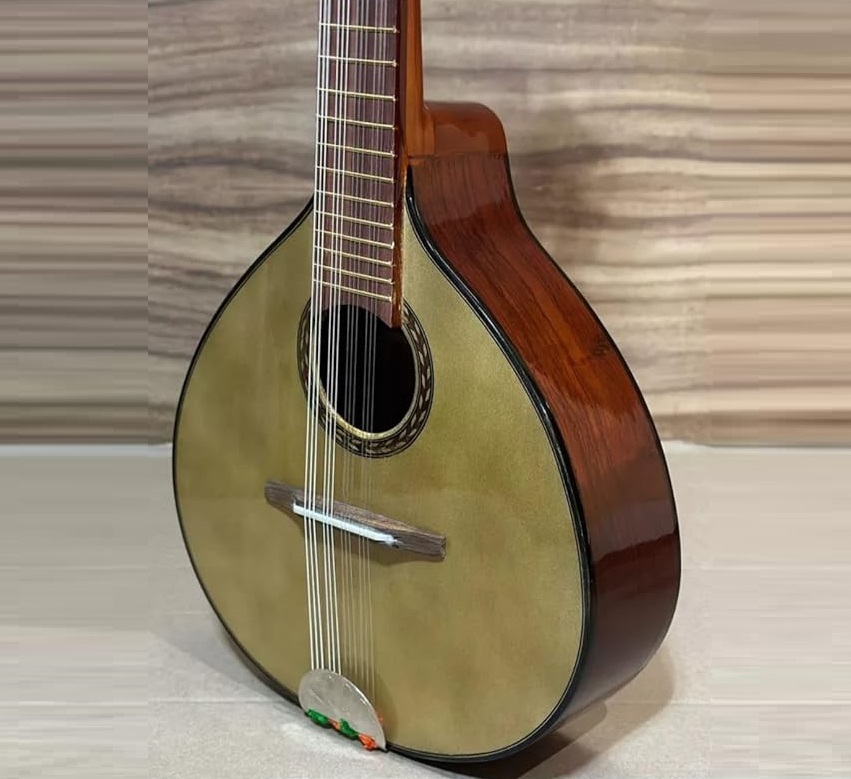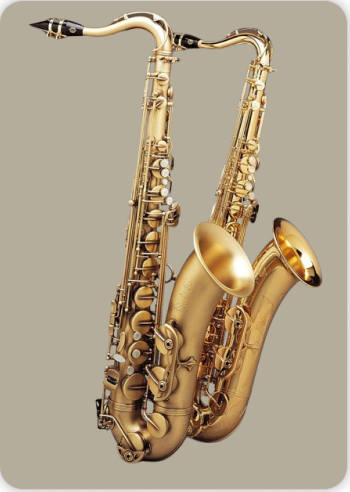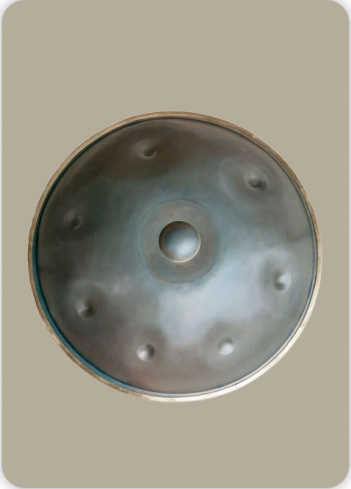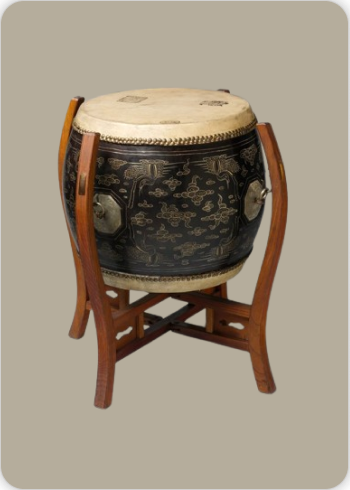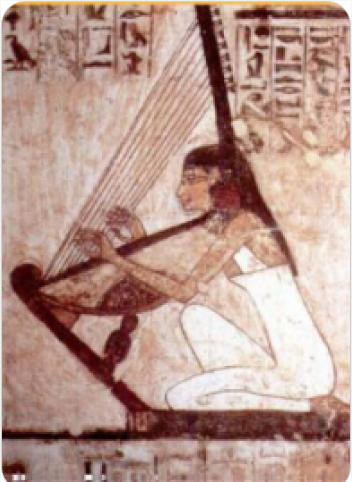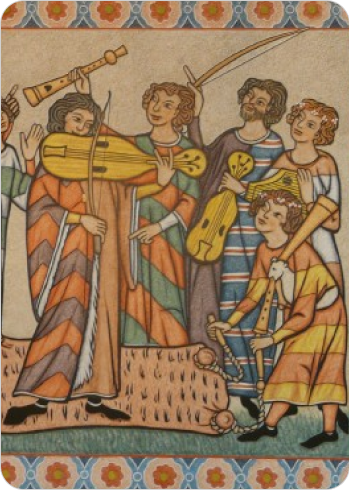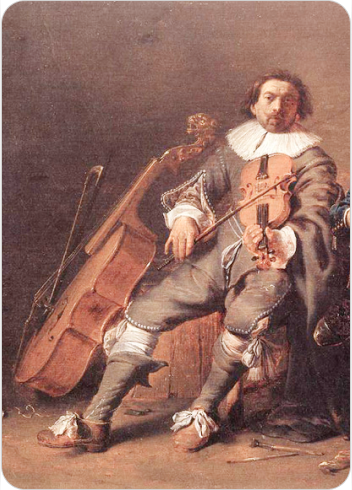Tricordia
Plucked Instruments
America
Between 1001 and 1900 AD
Video
Description of the Tricordia
The Tricordia, also known as the trichordia or tricordio, is a unique twelve-stringed musical instrument originating from Mexico. It belongs to the mandolin family and is closely related to the European mandriola. What distinguishes the Tricordia from the standard mandolin is its string configuration: instead of two strings per course (as in the traditional mandolin), the Tricordia features three strings per course, resulting in a total of twelve strings arranged in four courses. This triple-stringing gives the instrument a fuller, more resonant sound, making it particularly well-suited for the vibrant and rhythmic textures found in Mexican folk music. The instrument is typically played with a plectrum, and its sound is characterized by a bright, ringing timbre that can cut through ensembles or provide a rich harmonic foundation in solo performances.
Type of Instrument
The Tricordia is classified as a plucked string instrument, specifically a member of the lute family. More precisely, it is a necked bowl lute, sharing its core construction and playing technique with the mandolin and its relatives. As a chordophone, the Tricordia produces sound through the vibration of its strings, which are set into motion by plucking with a pick. Its design and playing method place it firmly within the tradition of mandolin-type instruments, but its triple-string courses and distinctive tuning options set it apart as a unique variant within this family.
History of the Tricordia
The roots of the Tricordia can be traced to the broader history of mandolin-type instruments, which originated in Europe and spread to the Americas through colonization and cultural exchange. The mandolin itself descends from earlier lutes and has a long history in European musical traditions, particularly in Italy and Spain. As these instruments made their way to the New World, they were adapted and modified to suit local musical styles and preferences. The Tricordia emerged in Mexico, likely during the late 19th or early 20th century, as musicians sought to create a mandolin variant that would better suit the demands of Mexican folk music. The addition of a third string to each course was a significant innovation, providing increased volume, sustain, and harmonic richness. This adaptation reflects a broader trend in Latin American music, where instruments are often modified to achieve a fuller and more robust sound, as seen in other regional variants like the twelve-string guitar.
While the precise date of the Tricordia’s invention is difficult to pinpoint, its development is firmly rooted in the Mexican musical landscape of the 20th century. It has since become a staple in various regional ensembles, particularly in genres that emphasize lively rhythms and intricate melodic interplay. The instrument’s European cousin, the mandriola, developed along similar lines but is more commonly found in European contexts and typically uses unison tuning rather than the octave and unison tunings favored in Mexico.
Construction and Physical Structure
The construction of the Tricordia closely follows that of the traditional mandolin, with several key modifications to accommodate its twelve-string configuration. The body of the Tricordia is usually teardrop-shaped or oval, featuring a slightly arched or flat top and back. The top is commonly made from spruce or cedar, prized for their resonant qualities, while the back and sides are often crafted from maple, rosewood, or other hardwoods to provide structural integrity and additional tonal depth. The neck of the Tricordia is typically made from mahogany or maple and is fitted with a fingerboard of rosewood or ebony. The fingerboard is fretted, allowing for precise intonation and ease of playing across the instrument’s range. The headstock is designed to accommodate twelve tuning machines, arranged in a configuration that allows for easy tuning of the triple-string courses.
One of the most distinctive features of the Tricordia is its bridge and tailpiece design. The bridge, often made from wood or a combination of wood and synthetic materials like Corian, must be carefully shaped to support the tension of twelve strings while ensuring even transmission of vibrations to the soundboard. The tailpiece, sometimes made from stamped aluminum or other metals, anchors the strings securely at the base of the instrument. The nut, located at the junction of the headstock and fingerboard, is typically crafted from bone or synthetic materials and is notched to guide the twelve strings into their respective courses. The spacing of the strings is a critical aspect of the instrument’s playability, with some players preferring tighter or looser groupings depending on their technique and musical style.
In terms of size, the Tricordia is comparable to the standard mandolin, with a scale length that allows for comfortable fingering and a compact body that is easy to handle. The instrument is finished with varnish or lacquer to protect the wood and enhance its visual appeal.
Types of Tricordia
While the basic design of the Tricordia is relatively standardized, there are some variations in construction and tuning that reflect regional preferences and individual luthier innovations. The primary distinction lies in the tuning of the courses:
Unison Tuning: In this configuration, all three strings in each course are tuned to the same pitch. This approach produces a powerful, focused sound and is favored for ensemble playing where clarity and projection are essential.
Octave Tuning: Some Tricordias are strung with one of the three strings in the lower courses (typically the G and D courses) tuned an octave higher than the other two. This creates a shimmering, chorus-like effect reminiscent of the twelve-string guitar and adds complexity to the instrument’s timbre.
Hybrid Tuning: Certain players and luthiers experiment with mixed tunings, combining unison and octave strings within the same instrument to achieve specific tonal effects.
Additionally, there are aesthetic and structural variations in the choice of woods, decorative elements, and finishing techniques, reflecting the artistry and craftsmanship of individual makers. Some Tricordias may feature elaborate inlays, bindings, or custom headstock designs, while others maintain a more utilitarian appearance.
Characteristics of the Tricordia
The Tricordia possesses several defining characteristics that set it apart from other members of the mandolin family:
Sound: The triple-string courses give the Tricordia a rich, ringing sound with enhanced sustain and volume. The instrument’s tone is both bright and full, capable of cutting through dense musical textures or providing a lush harmonic backdrop.
Playability: Despite the increased number of strings, the Tricordia is designed for ease of play, with careful attention to string spacing and action. Players accustomed to the mandolin will find the transition relatively straightforward, though the feel of the triple courses requires some adaptation.
Versatility: The Tricordia is used in a variety of musical contexts, from traditional Mexican folk ensembles to contemporary fusion groups. Its ability to provide both melodic and rhythmic support makes it a valuable addition to many different styles.
Tuning Flexibility: The instrument’s design allows for a range of tuning options, enabling musicians to tailor the sound to their specific needs and preferences.
Construction: The robust build of the Tricordia ensures durability and stability, even under the tension of twelve steel strings. Quality craftsmanship is essential to maintain intonation and prevent structural issues over time.
The Tricordia in Mexican Music
The Tricordia holds a special place in Mexican folk music, where it is celebrated for its lively, resonant sound and its ability to enhance the rhythmic and harmonic foundation of ensembles. It is commonly found in regional styles such as son, huapango, and other traditional genres that demand both melodic agility and robust accompaniment. In ensemble settings, the Tricordia often plays a dual role, providing both chordal support and melodic lines. Its bright, penetrating tone allows it to stand out in group performances, while its harmonic richness adds depth to the overall sound. The instrument is also used in solo contexts, where its expressive capabilities and dynamic range can be fully explored. The adaptability of the Tricordia has made it a favorite among innovative musicians seeking to blend traditional and modern influences. Its presence in contemporary Mexican music underscores its enduring appeal and versatility.
Playing Techniques and Sound Modifications
The tricordia is a distinctive Mexican folk instrument belonging to the mandolin family, characterized by having three strings per course, totaling twelve strings arranged in four triple courses. This triple-string configuration differentiates it from the standard mandolin, which typically has two strings per course. The tricordia’s strings can be tuned either in unison or in octave pairs, allowing for a versatile tonal palette. In unison tuning, all three strings in a course are tuned to the same pitch, producing a bright, shimmering sound. Alternatively, octave tuning involves tuning one string lower than the other two, adding depth and richness to the instrument’s tone. Playing the tricordia involves plucking or strumming the triple-string courses, creating a fuller, more resonant sound than a standard mandolin. The fretboard is similar to that of a mandolin, but players must develop precise finger strength and dexterity to manage the triple strings cleanly and maintain clarity in articulation. Techniques include rapid tremolos, chordal strumming, and melodic picking, often used to complement the rhythmic and harmonic texture in Mexican folk ensembles.
Sound modifications on the tricordia can be achieved by varying the plucking position—closer to the bridge for a brighter, more metallic tone, or nearer the neck for a warmer sound. Players may also use fingerpicks or nails to enhance attack and clarity. Additionally, subtle left-hand muting or sliding techniques add expressiveness and ornamentation to the sound, enriching the instrument’s role in ensemble settings.
Famous Compositions Featuring the Tricordia
While the tricordia itself is primarily a folk instrument, it has been featured in numerous traditional Mexican compositions and arrangements that highlight its unique tonal qualities. The instrument is often heard in mariachi and regional folk music from Jalisco and other parts of Mexico, where it provides harmonic support and rhythmic drive alongside vihuelas, guitarróns, and violins. In classical and contemporary Mexican compositions inspired by mariachi and folk traditions, the tricordia’s sound is sometimes emulated or directly incorporated. For example, Juan Pablo Contreras’ Mariachitlán is an orchestral work that celebrates mariachi music and features instrumentation that mimics traditional mariachi instruments, including the tricordia’s characteristic strumming patterns. This piece blends folk elements with classical orchestration, showcasing the tricordia’s influence beyond purely folk contexts.
Traditional songs such as La Cucaracha, a well-known Mexican corrido dating back to the Mexican Revolution, often include the tricordia in mariachi arrangements. Its bright, triple-string resonance adds to the festive and rhythmic character of such pieces. Although specific compositions solely dedicated to the tricordia are rare, its presence in the folk repertoire and mariachi ensembles is integral to the authentic sound of Mexican regional music.
Most Influential Players
The tricordia, while less internationally famous than other Mexican instruments like the guitarrón or vihuela, has been championed by numerous skilled folk musicians who have preserved and promoted its traditional playing styles. These players often come from mariachi ensembles or regional folk groups where the tricordia is a staple instrument. Influential tricordia players are typically those who have contributed to the transmission of traditional Mexican folk music and have performed in prominent mariachi groups. Their expertise lies in mastering the triple-string courses and integrating the tricordia’s sound seamlessly with other instruments. Though individual names are less documented internationally, these musicians are highly respected within Mexican folk music circles for their technical proficiency and stylistic authenticity. In recent years, some contemporary Mexican folk and fusion artists have brought renewed attention to the tricordia by incorporating it into modern arrangements and cross-genre collaborations. These players blend traditional techniques with new musical ideas, expanding the tricordia’s expressive possibilities and audience reach.
Historical Performances or Concerts
The tricordia has been a fundamental part of Mexican folk and mariachi music performances for centuries, often featured in celebrations, festivals, and cultural events throughout Mexico. Its presence is especially prominent in the state of Jalisco, the birthplace of mariachi music, where traditional ensembles have performed in plazas, churches, and public gatherings since the 19th century. Historically, the tricordia was played in informal settings as well as formal concerts, accompanying vocalists and other string instruments to create the rich textures characteristic of mariachi music. Over time, mariachi ensembles that included the tricordia gained national and international recognition, performing at major cultural festivals and events such as the Festival Internacional Cervantino and the Mariachi Vargas de Tecalitlán concerts, which are considered some of the most prestigious mariachi performances.
In the 20th century, the tricordia’s sound was also featured in recordings and radio broadcasts that helped popularize mariachi music beyond Mexico’s borders. These performances contributed to the tricordia’s status as a symbol of Mexican musical heritage.
Maintenance and Care
Proper maintenance of the tricordia is essential to preserve its sound quality and structural integrity, especially given its twelve-string configuration which places significant tension on the instrument’s neck and body. Regular care includes tuning the three strings per course carefully to maintain proper tension and intonation, as uneven tuning can cause damage or warping over time. The instrument should be kept in a stable environment, avoiding extreme humidity or temperature changes which can affect the wood and glue joints. Cleaning the body and strings with a soft, dry cloth after playing removes oils and dirt that can degrade the strings and finish.
String replacement on the tricordia requires attention to the triple courses; players often replace all three strings in a course simultaneously to maintain consistent tone and tension. Using quality strings designed for mandolin-family instruments helps ensure durability and sound clarity. The fretboard and tuning pegs also require periodic inspection and adjustment. The tuning pegs must turn smoothly without slipping, and the frets should be checked for wear or damage to maintain precise note articulation. Professional setup by a luthier experienced with Mexican folk instruments can extend the tricordia’s lifespan and optimize its playability.
Interesting Facts and Cultural Significance
The tricordia holds a unique place in Mexican musical culture as a bridge between European string instruments and indigenous Mexican traditions. Its design, with three strings per course, is a distinctive adaptation that enriches the sound and texture of traditional Mexican folk music. This instrument reflects Mexico’s cultural fusion, combining Spanish mandolin influences with local musical aesthetics. Unlike its European cousin, the mandriola, which is primarily used in classical and folk contexts in Europe, the tricordia is deeply embedded in Mexican folk and mariachi music, serving as both a rhythmic and harmonic foundation. Its triple-string courses produce a lush, resonant sound that complements the bright tones of the vihuela and the deep bass of the guitarrón in mariachi ensembles.
The tricordia’s role extends beyond music; it is a cultural symbol that resonates with Mexican identity, especially in regions where mariachi music originated. It is often associated with celebrations, festivals, and communal gatherings, embodying the joy, passion, and historical continuity of Mexican folk traditions. The instrument’s presence in mariachi music, which has been declared an Intangible Cultural Heritage by UNESCO, underscores its importance in preserving and promoting Mexican cultural heritage worldwide. The tricordia’s sound evokes the spirit of Mexican landscapes, history, and social life, making it a cherished part of the nation’s artistic expression.
The tricordia is not only a musical instrument but also a cultural artifact that carries the legacy of Mexican folk music. Its distinctive triple-string courses, versatile playing techniques, and rich tonal qualities have made it an indispensable element of mariachi and regional Mexican music, celebrated both in historical performances and contemporary compositions. Proper care and maintenance ensure that this vibrant instrument continues to inspire musicians and audiences alike, preserving its place in Mexico’s rich musical tapestry.
FAQ
What is the construction and material used in a Tricordia?
The Tricordia is a 12-string guitar-like instrument with triple-string courses, typically made from cedar or mahogany for the body and spruce for the top. It has a deep, resonant soundbox and a traditional rosette design.
What are the main uses and applications of the Tricordia in music?
The Tricordia is primarily used in Mexican folk music and contemporary compositions, valued for its rich, harmonic tone. It's often used for accompaniment and melodic lines in ensembles and solo performances.
What is the history and origin of the Tricordia instrument?
The Tricordia emerged in Mexico in the 20th century as a modern adaptation of traditional folk instruments. It was developed to expand harmonic capabilities while preserving the essence of Mexican musical heritage.
 Links
Links
References
Other Instrument
Categories

